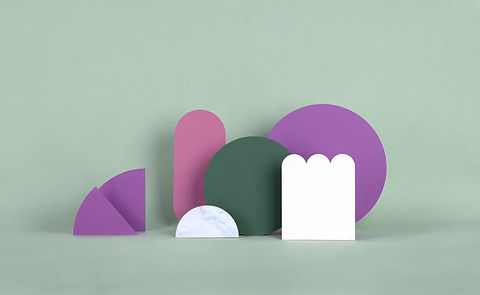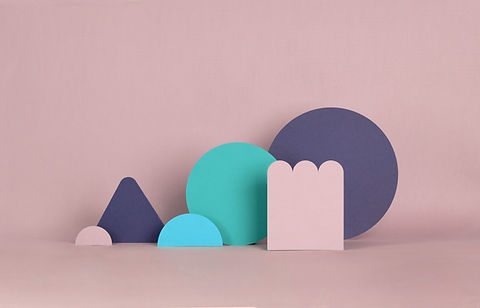Learning Through Play
Play shapes the architecture of the brain and provides opportunities for the child to learn as he discovers, experiments, theorises, predicts, solves problems and engage in critical thinking. Play can motivate and enhance a child’s desire to know and to learn. Play-based learning is a context for learning through which the child organises and makes sense of his social world, as he engages actively with people, objects and representations.
”Play is the highest expression of human development in childhood, for it alone is the free expression of what is in the child’s soul”
Friedrich Froebel
Our Child Care Curriculum
Child Participation
We support the active participation of children and view children as decision-makers who promotes their sense of agency. Experiences are presented in ways that children can make choices and use different processes to complete where more than one solution is possible. The environment is constructed to encourage and allow the child to be as independent as possible.
The Child is connected to the family, community, culture and the environment. Learning takes place through these relationships. As the child participates in everyday life, it develops interests and constructs his own identities and understanding of the world.


Child-Centred
The child takes command of his own learning. We as teachers provide support and facilitate the child’s learning but the child determines the direction of his own learning.
This maintains the child’s interest by allowing him to do what is important to him. It gives the child the opportunity to develop skills in which to take care of their own needs and solve problems. It minimises teacher-child conflict.
The child develops self-control, gains knowledge in content areas such as creative, movement and music, classification, numbers space and time.
Self Determination
The child feels accepted and important in making his own choices, learning to effectively solve problems and taking control and responsibility of his doing. He learns to accept challenges and success. He demonstrates an increased capacity of self-regulation. He shows initiatives by asking questions, negotiating and sharing. He demonstrates simple goal setting strategies with the teachers support.


Learning Environment
The learning environment, both outdoors and indoors, plays a crucial role in the way a young child develops and learns. Our environment for learning is a flexible space that is inviting and nurturing, and foster the child’s sense of belonging, of being and of becoming an important person in the society.

